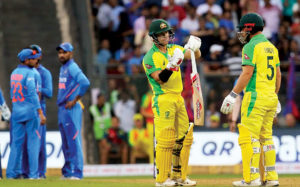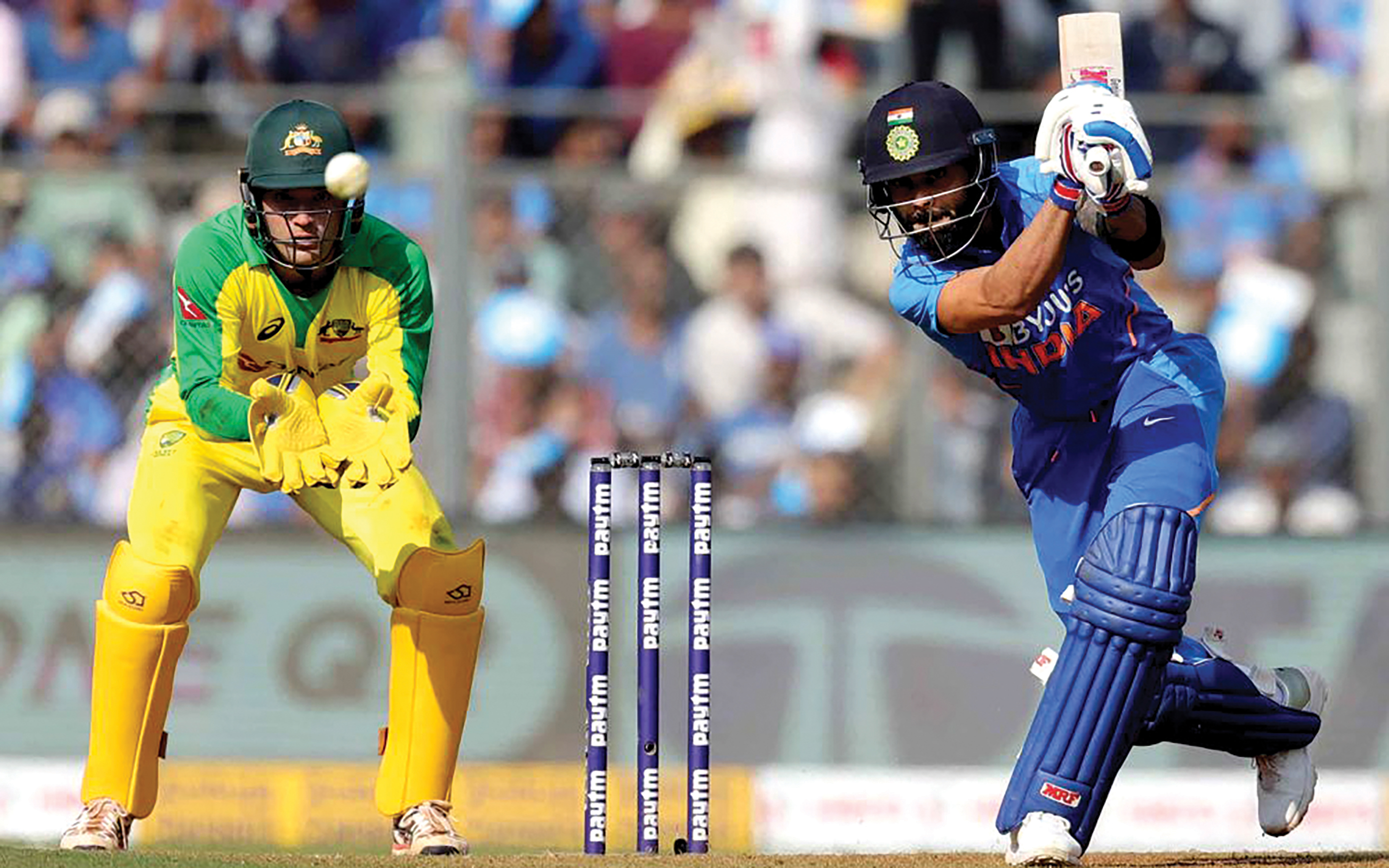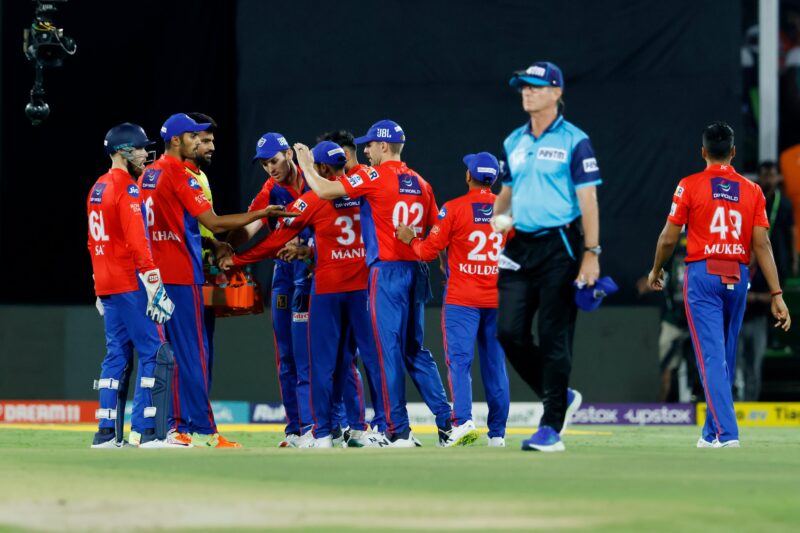Patriot analyses why the Indian team failed big time against Australia in the first ODI of the series and what they could do to bounce back
INDIA, THE No. 2 ranked ODI team in the world consisting of world-beaters. The best India has ever produced. All these adjectives and accolades had been achieved by the men in blue during their past few performances over the last two years. Well, that seems to have all taken a back seat now.
This same invincible team was defeated quite shamefully by a visiting Australian team, who chased down the 259-run target set by India in 37.4 overs without losing a wicket. India, who are known to bat first and consistently score 300 got bundled out for 258 runs in the first innings.
This was the fifth time in history and the first time against Australia that India conceded defeat with all wickets to spare.
Batting first, India started their innings steadily. Although they lost Rohit Sharma (10 runs off 15 balls) cheaply, the partnership of Shikhar Dhawan (74 runs off 91 balls) and KL Rahul (47 runs off 61 balls) took the innings forward and stitched a 121-run partnership for the 2nd wicket and the scoreboard read 134-2 in 27.1 overs when Rahul departed.
The score at that time may look decent on paper, but not on a wicket like the one at Wankhede which is well known for producing high scoring run fests. While attempting to save wickets in the first half of the innings, Indians were a bit slow in scoring runs.

Credit also goes to the Australian bowling attack for restricting the free flow of runs of the Indian batsmen. It looked like they had made all strategies and kept the fielders in exactly the areas that the batsmen especially Rahul and Dhawan prefer and although both of them were the highest scorers, they failed to score at a brisk pace.
A little more aggression in their batting could have helped the men in blue score a total that would have been enough to win them the match, but a respectful performance by the opponent’s bowlers slowed down the scoring rate, thus restricting the run flow, and them being bundled out for 255.
India was 126-1 at the end of 26 overs and needed to accelerate the scoring rate to post a competitive total. And since they had nine wickets in hand, the task did not look difficult on a pitch that history shows has always been a batting paradise.
However, things soon turned sour for India as they lost four wickets in a span of just 5.5 overs and the scoreboard quickly turned to an unhealthy 164-5 in 32.5 overs. The decision of Virat Kohli to send himself at No. 4 instead of No. 3 too did not work as Adam Zampa got the better of him when he was on just 16 runs.
Virat Kohli has always scored the bulk of his runs at number 3 has scored 9,509 runs at the coveted position, with a whopping 36 centuries. So, why he demoted himself to number four against one of the top ODI teams of the world will always remain a question, given his ability to score at a fast rate no matter however the wicket behaves.
Losing too many wickets in quick succession took the match away from India and made their comeback a tough task. Although Rishabh Pant (28 runs off 33 balls) and Ravindra Jadeja (25 runs off 32 balls) showed some resistance, that was never going to be enough to bring India back into the game. A couple of handy innings at that stage could have rescued India from a spot of bother, but an unexpected batting collapse did not let it happen.
India went into the match with four frontline bowlers and Ravindra Jadeja as the bowling all-rounder. And after posting a below-par total, the Indian bowlers needed to step up with a brilliant performances to win the match.
However, the Indian bowlers had a forgettable outing against the Australian openers as they struggled to find the right line and length to trouble the Warner-Finch pair. And since there was no sixth bowling option available for the skipper to move to, Kohli had to continue with an off-colour Indian bowling unit.
India dearly missed the service of their fifth specialist bowler in the match. Another proper bowling option could have given Kohli the luxury to try something different. But a compact bowling department limited India’s chances in the match and made sure they lament the decision of not including another specialist bowler on a batsmen-friendly wicket.
Another headache for the Indian team come in the form of Rishabh Pant’s concussion after he was hit on the helmet by a vicious bouncer by Pat Cummins —which forced him to miss the Australian batting innings, and KL Rahul had to don the gloves.
The injury will keep him out of the all-important 2nd ODI as well, which means that someone will have to fill in his shoes as a big hitting finisher. Sanju Samson can be a like for like replacement, but he is more of a top order batsman, so most probably Dhawan will have to give way for Rahul in the opening slot with Kohli at three and Shreyas Iyer or Samson at four.
If they decide to go with Rahul as the keeper, then they will have to fit in Kedhar Jadhav in the lower order, but his recent records have not been anything to boast of.
India will have to improve a lot at the 2nd ODI in Rajkot if they have to level the series, otherwise Australia will run away with a victory leaving the men in blue empty handed.





